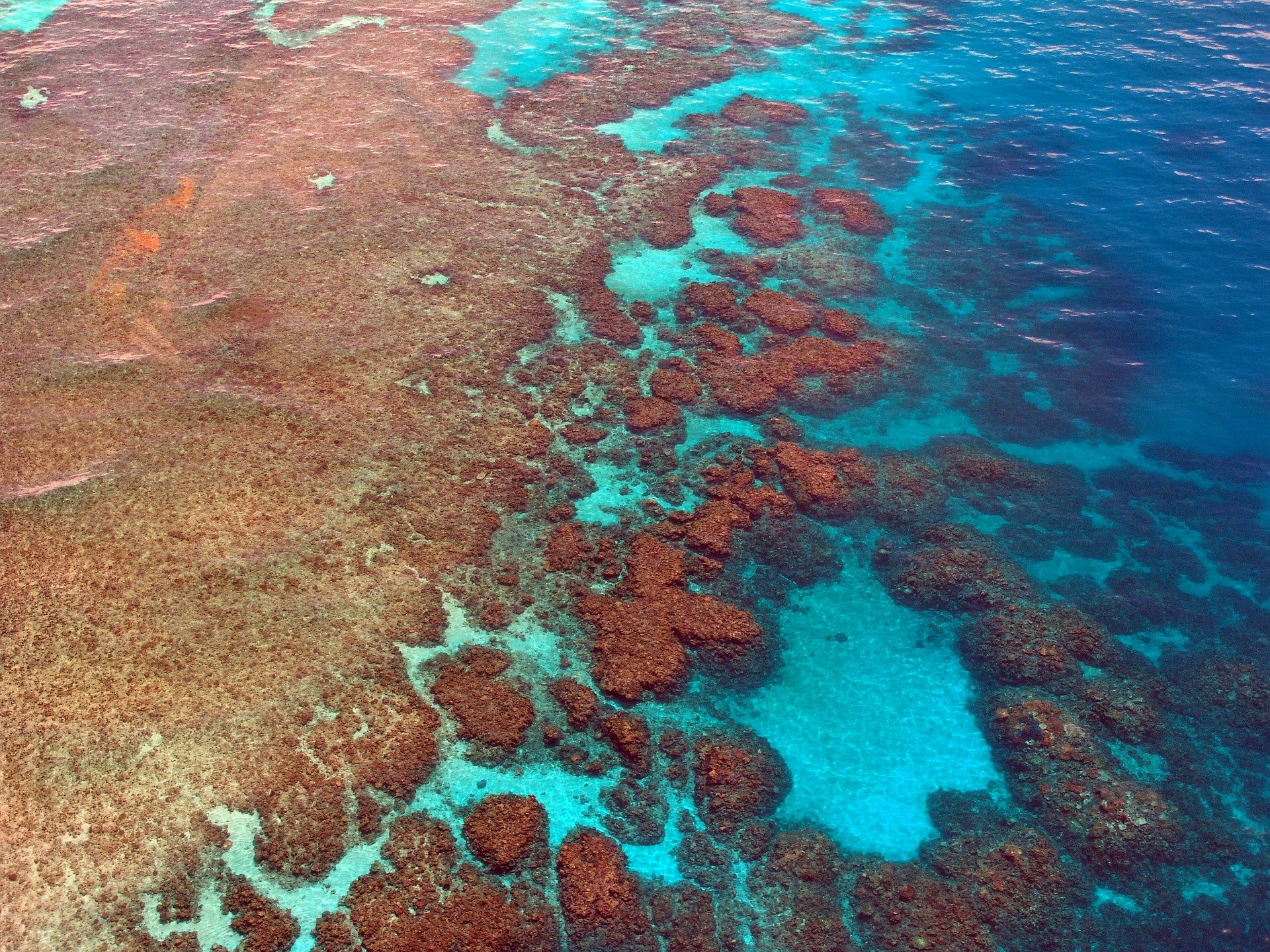Climate change has become the biggest threat to the United Nations (UN)-listed natural world heritage sites, the International Union for Conservation of Nature (IUCN) said in its report released on Wednesday. The report also hinted that the COVID-19 pandemic was taking a toll on some of the world’s most beautiful and precious natural places, AFP reported.
However, climate change is by far the biggest single threat.
It poses a risk to a full third of the 252 UNESCO-listed natural sites around the globe.
Also read: 2015 to 2020, six of the hottest years in modern records: United Nation
Overall, 94 of the sites are at significant or critical risk from a range of factors, which include tourism, hunting, fire and water pollution. There were 62 sites in this category, in the previous study published in 2017.
Climate change constitutes a high or very high-risk factor at 83 of the sites, and has thus overtaken invasive and non-native species, which topped the threat list three years ago, the report noted.
The report “reveals the damage climate change is wreaking on natural World Heritage, from shrinking glaciers to coral bleaching to increasingly frequent and severe fires and droughts,” IUCN director-general Bruno Oberle said in a statement, AFP reported.
“This report signals the urgency with which we must tackle environmental challenges together at the planetary scale,” he added.
COVID-19 and the natural heritage sites
The coronavirus pandemic and the associated restrictions were impacting or had the potential to impact more than 50 of the sites, the report stated.
Some of the effects were positive, “most notably a decrease in pressure from tourism visitation on natural ecosystems,” it said, warning though that “negative factors are numerous.”
It pointed to how the closing of sites to tourism was causing a significant loss of revenues and livelihoods, as well as how limits on in-person staffing had led to reduced control over illegal activities.
“These factors are increasing the risk of wildlife poaching and illegal use of natural resources, with incidents recorded in some sites since the pandemic,” the report said.
Two new sites in critical category
Overall, the study found that 30% of the sites faced “significant” threats, and 7% are considered “critical”, meaning they “require urgent, additional and large-scale conservation measures” to be saved.
Alarmingly, two new sites have been moved up into the critical category since 2017.
One of them is Australia’s Great Barrier Reef, which has seen dramatic coral decline amid ocean warming, acidification and extreme weather. This in turn has resulted in shrinking populations of marine species, the report found.
Also read: Sydney records hottest November night
Protected areas in Mexico’s Gulf of California are also among the sites now deemed in critical condition, joining the likes of the Everglades National Park in the United States and Lake Turkana in Kenya, which already figured on the list.
The IUCN report said climate change had also exacerbated the spread of invasive species in a number of areas, including South Africa’s Cape Flora Region Protected Areas.
Brazil’s Pantanal Conservation Area was meanwhile badly damaged by unprecedented wildfires in 2019 and 2020.
Meanwhile, the rapidly-melting Kaskawulsh Glacier had altered the river course, depleting fish populations in the Kluane site in Canada and the United States.
The IUCN report found that eight sites had improved since 2017, but double as many have deteriorated in that time.







